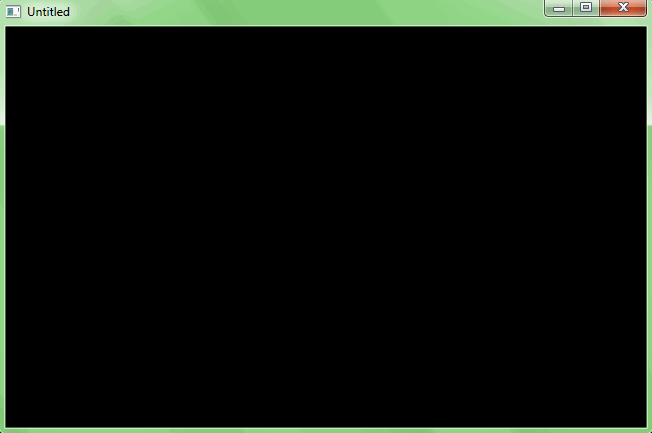在此挑战中,伪字幕文本是以滚动方式逐部分显示的文本。
一些例子:
testing 4
t
te
tes
test
esti
stin
ting
ing
ng
g
hello 2
h
he
el
ll
lo
o
foobarz 3
f
fo
foo
oob
oba
bar
arz
rz
z
Something a bit longer 10
S
So
Som
Some
Somet
Someth
Somethi
Somethin
Something
Something
omething a
mething a
ething a b
thing a bi
hing a bit
ing a bit
ng a bit l
g a bit lo
a bit lon
a bit long
bit longe
bit longer
it longer
t longer
longer
longer
onger
nger
ger
er
r
small 15
s
sm
sma
smal
small
small
small
small
small
small
small
small
small
small
small
mall
all
ll
l
aaa 3
a
aa
aaa
aa
a
brace yourself 6
b
br
bra
brac
brace
brace
race y
ace yo
ce you
e your
yours
yourse
oursel
urself
rself
self
elf
lf
f
您必须编写一个接受两个输入并如上所述打印输出的程序或函数。您可能会或可能不会在输出中输出尾随空格。这是代码高尔夫球,因此以字节为单位的最短代码获胜。
如果您的程序是独立的(即在运行时实际打印行)(输入可以进行硬编码但易于更改)并且在输出的每一行之间保持一点睡眠,那么您将获得-10的奖励。
